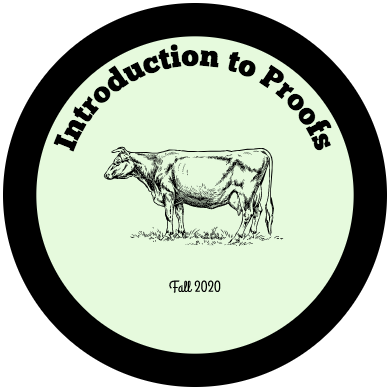Theorem NT 5.1: Every natural number $n>1$ is either prime or divisible by a prime.
Theorem NT 5.2: Suppose $p$ is prime and $a_{1}, a_{2}, a_{3}, \ldots, a_{n}$ are $n$ integers, where $n \geq 2$. If $p \mid a_{1} \cdot a_{2} \cdot a_{3} \cdot \ldots \cdot a_{n},$ then $p \mid a_{i}$ for at least one of the $a_{i}(1 \leq i \leq n)$.
Theorem NT 5.3: If $n$ is an integer greater than 1 then $n$ can be written as a product of primes.
(HINT: Prove using strong induction. Consider two cases, when $k+1$ is prime, and when it is composite)





Recent Comments